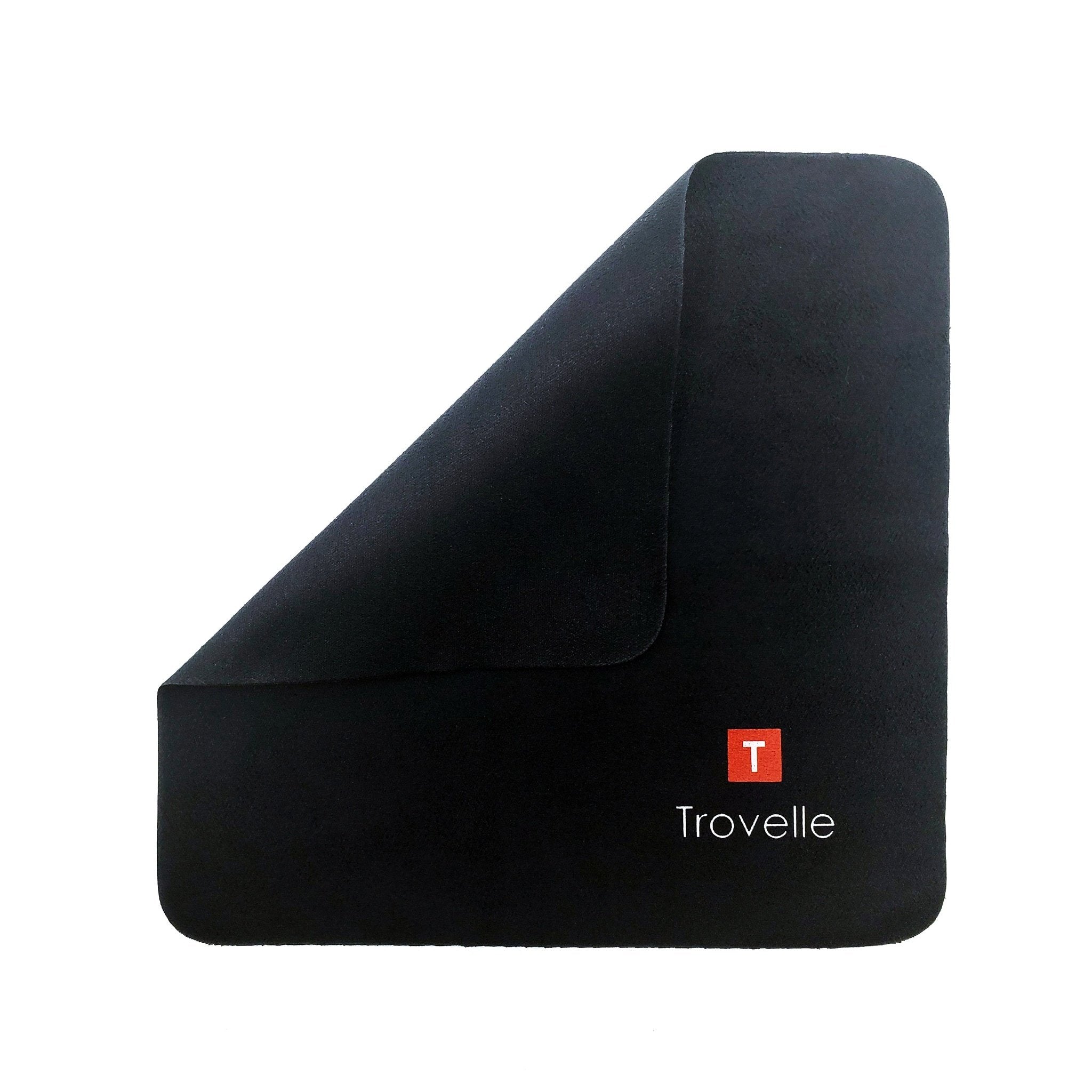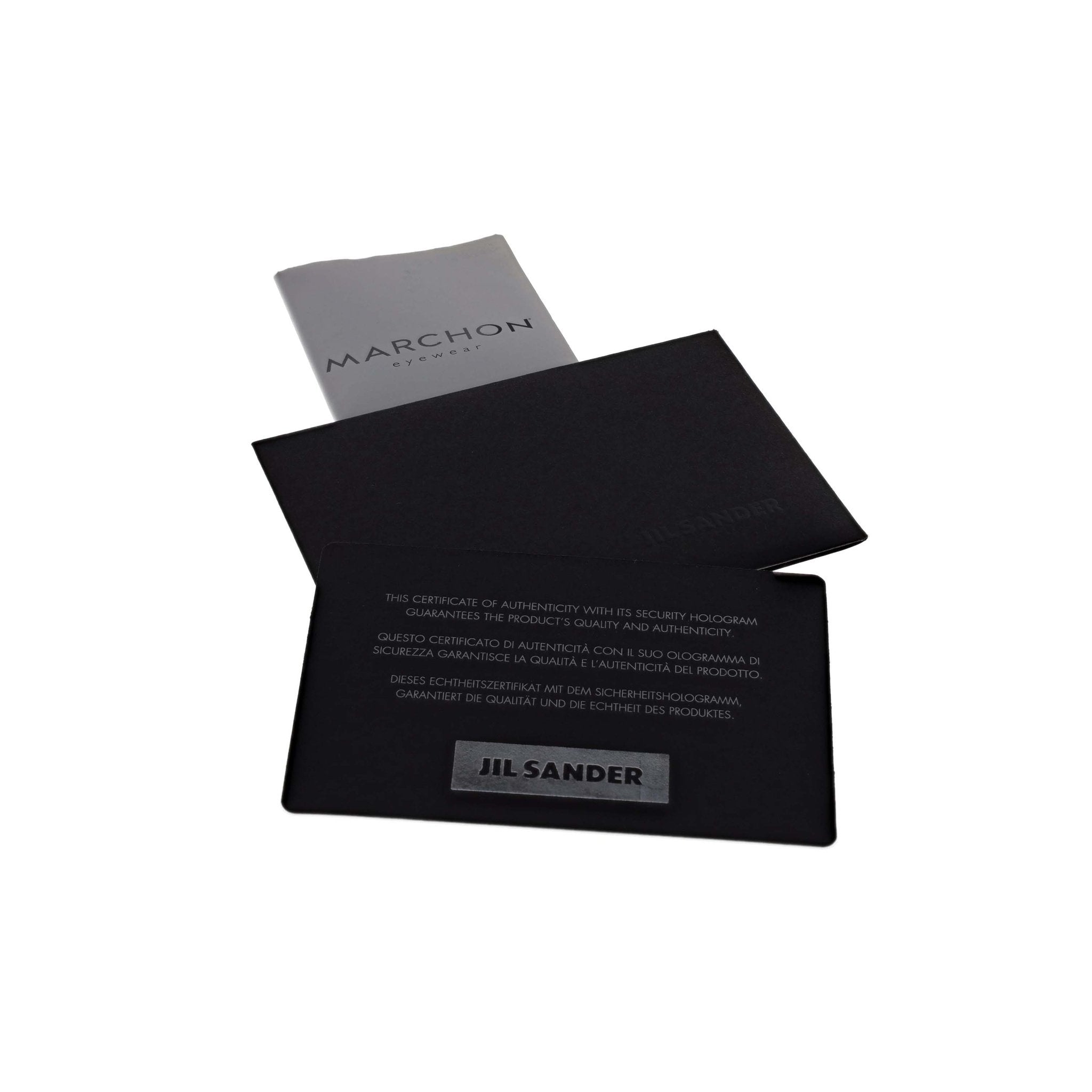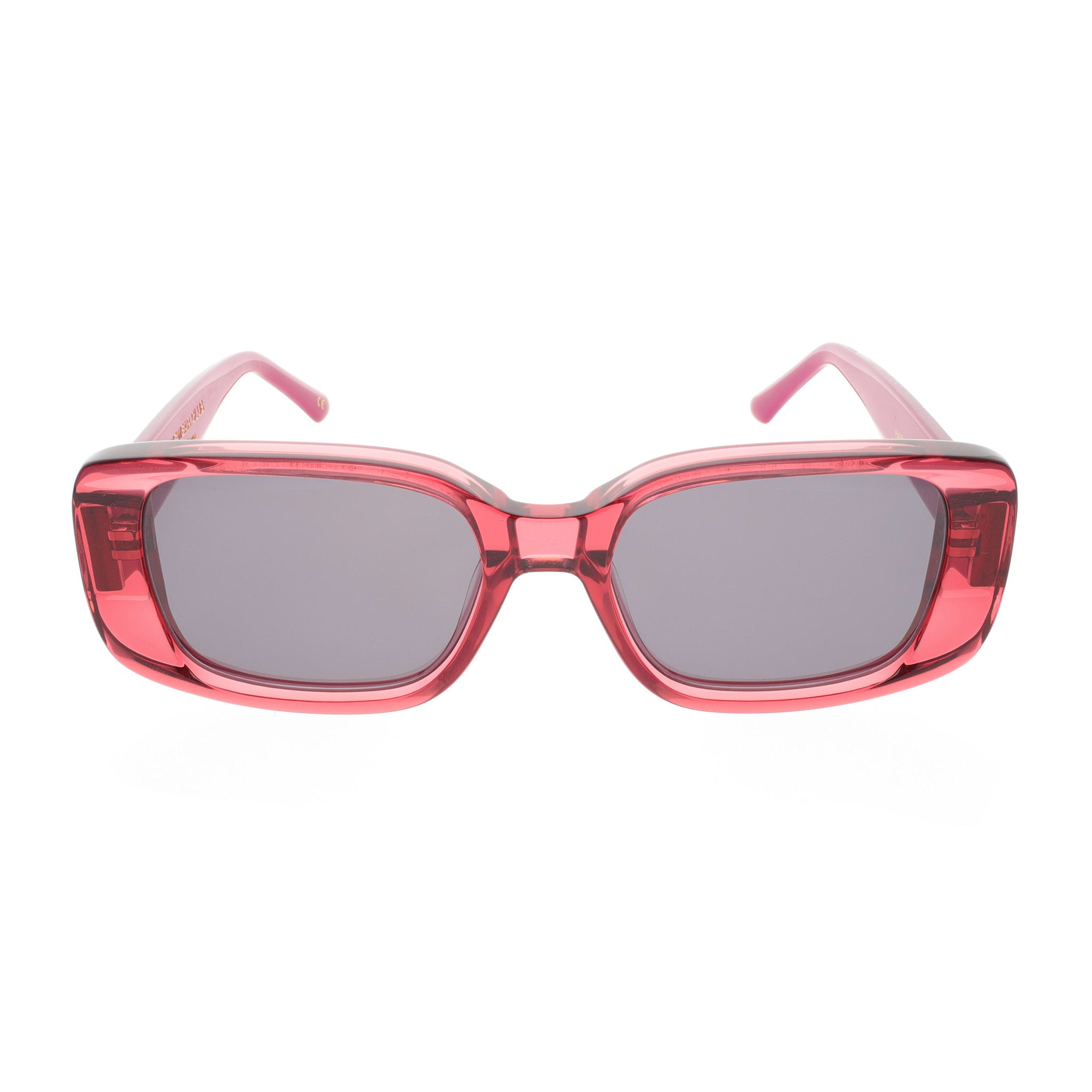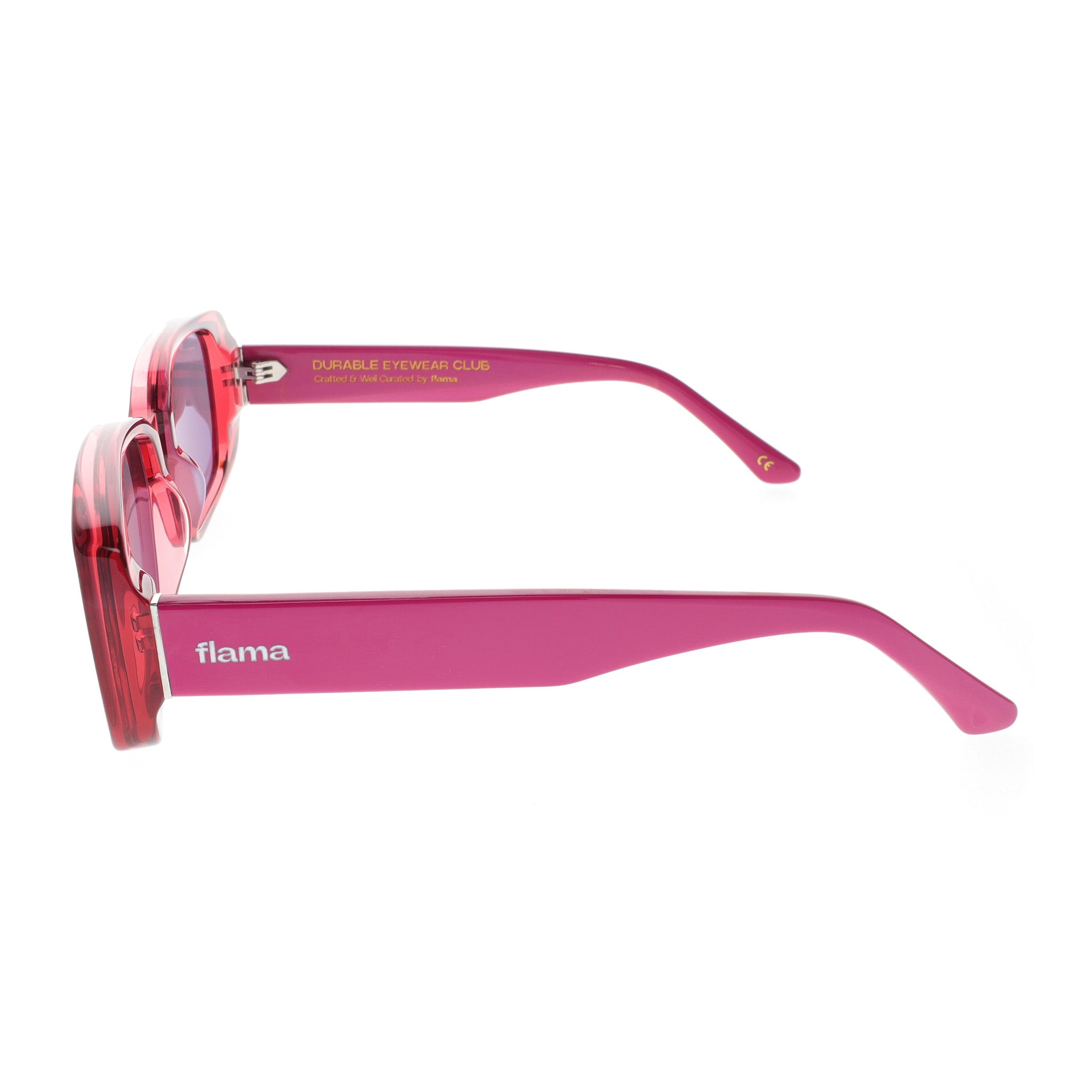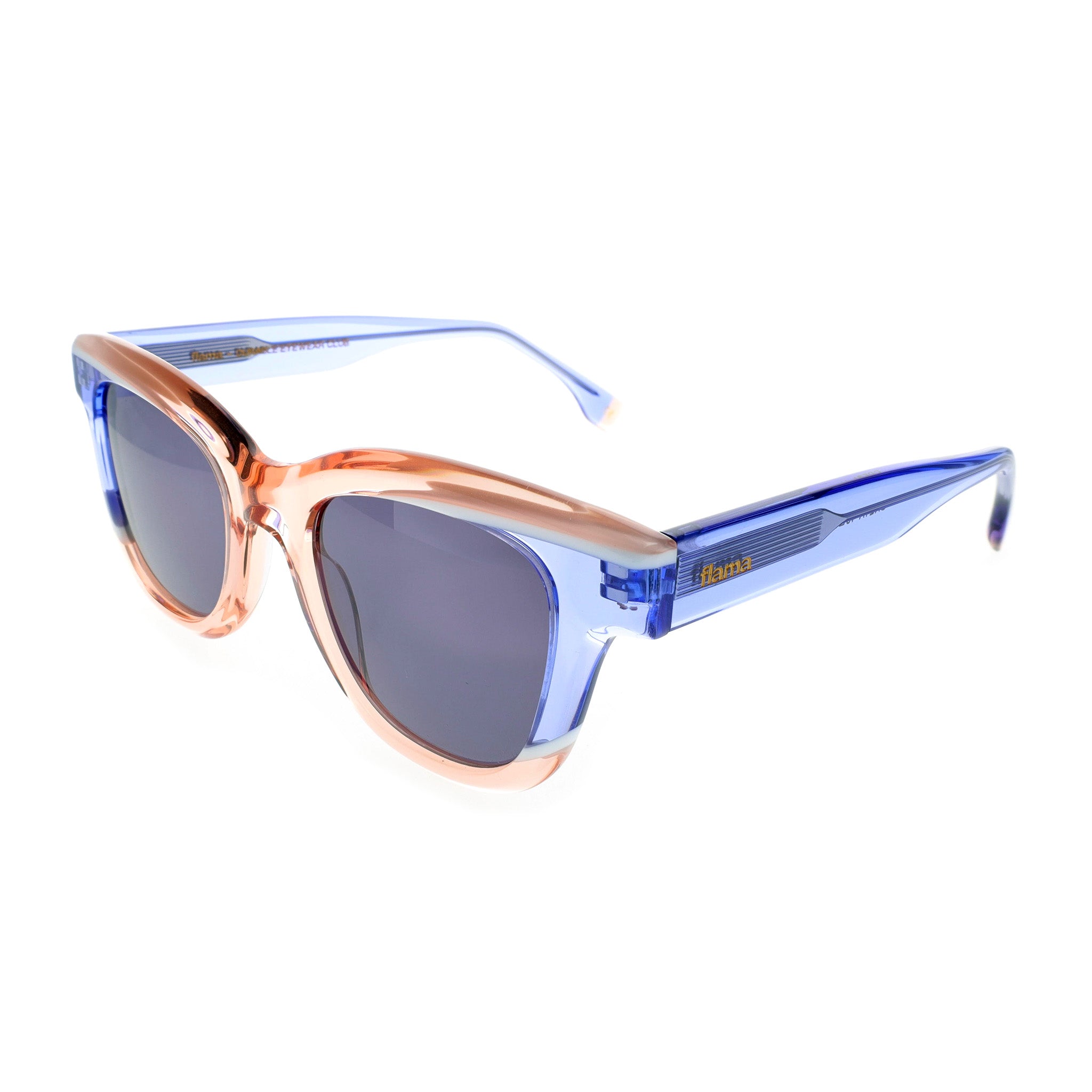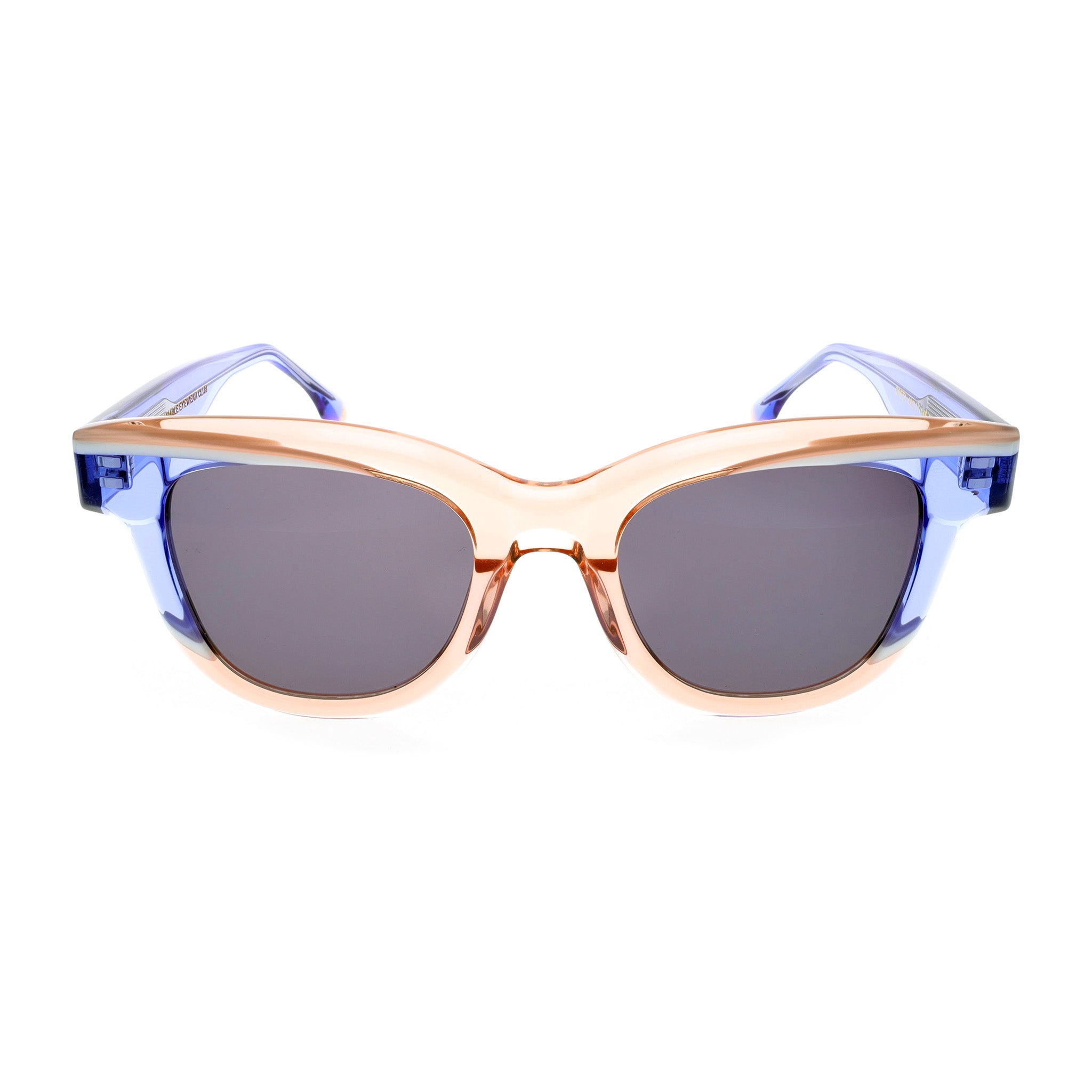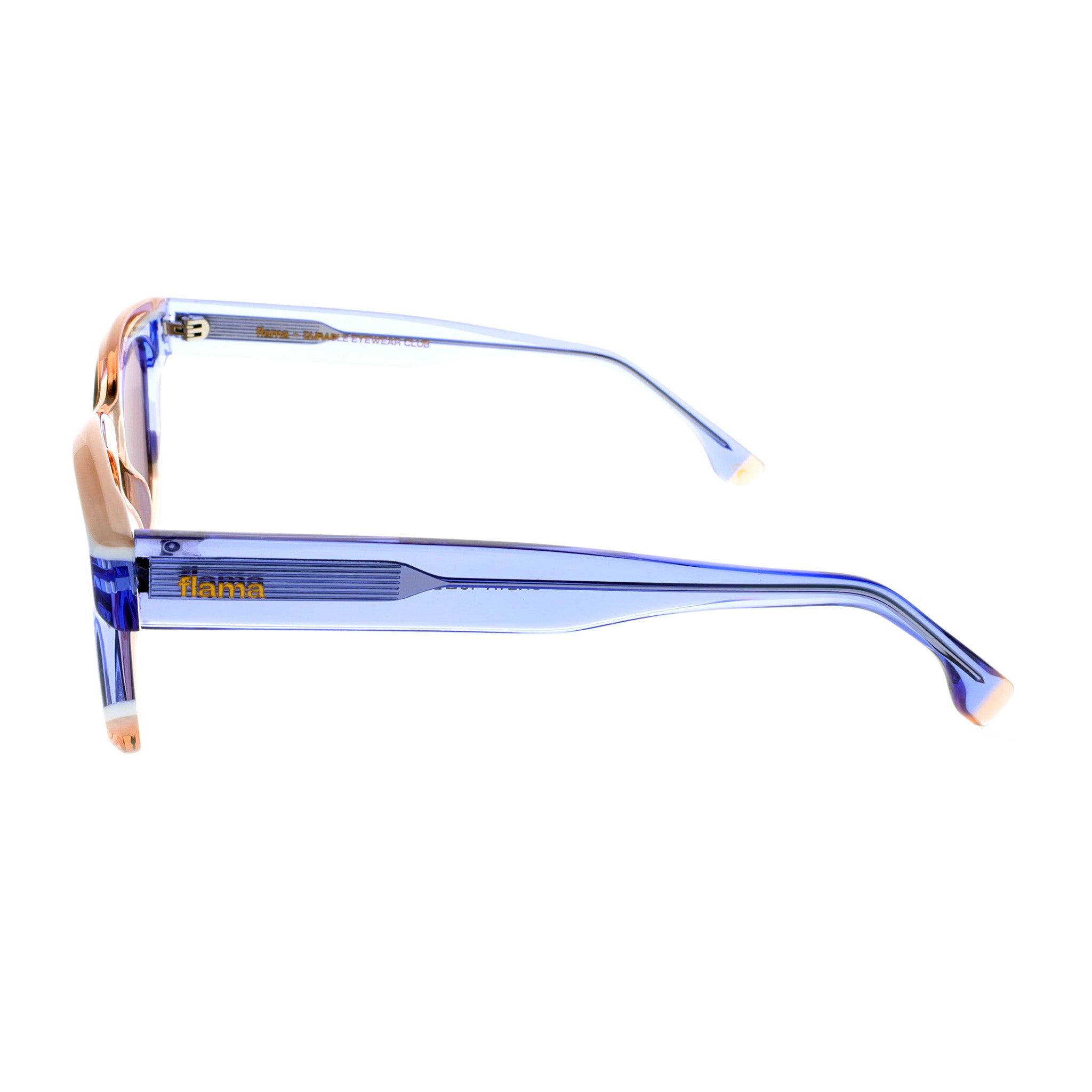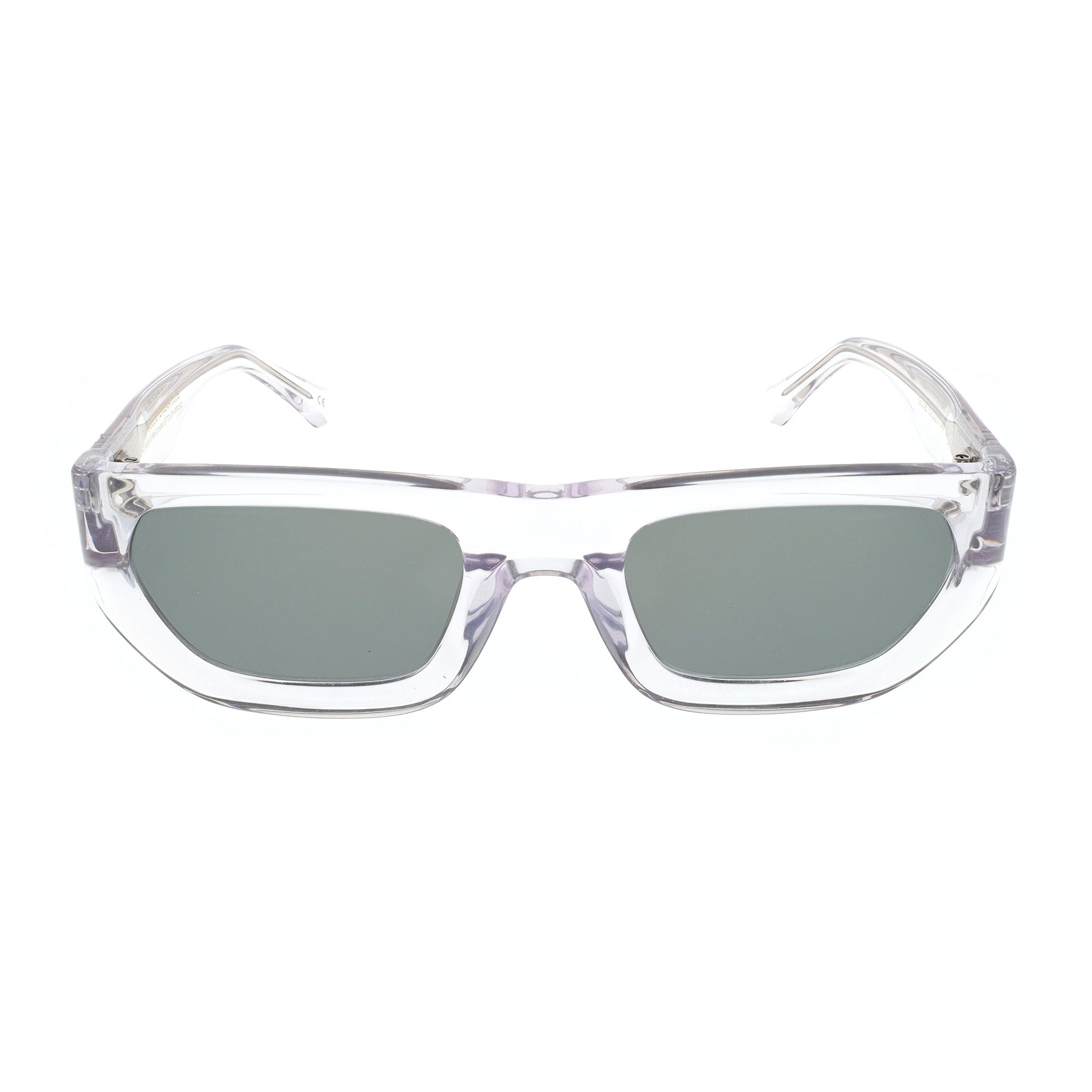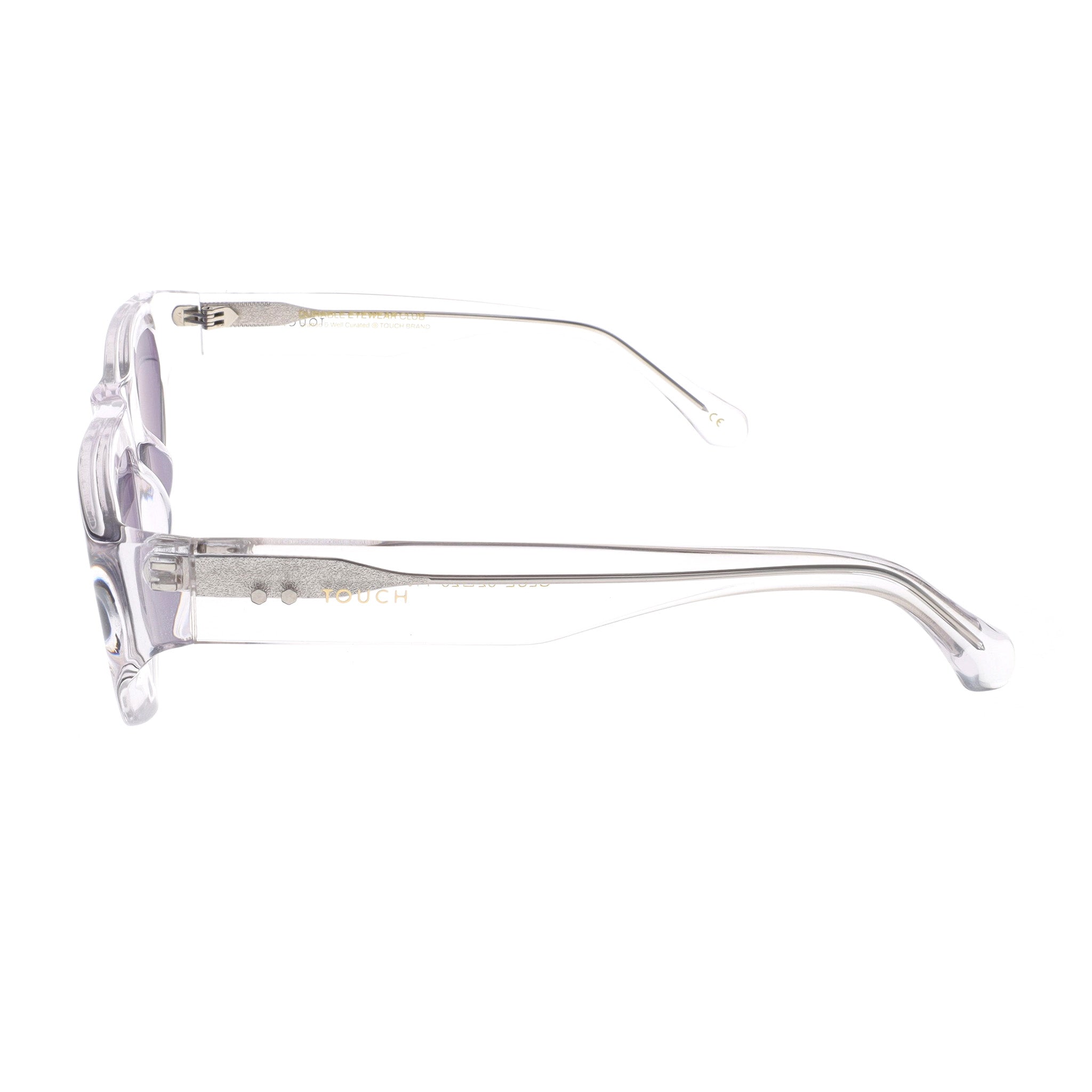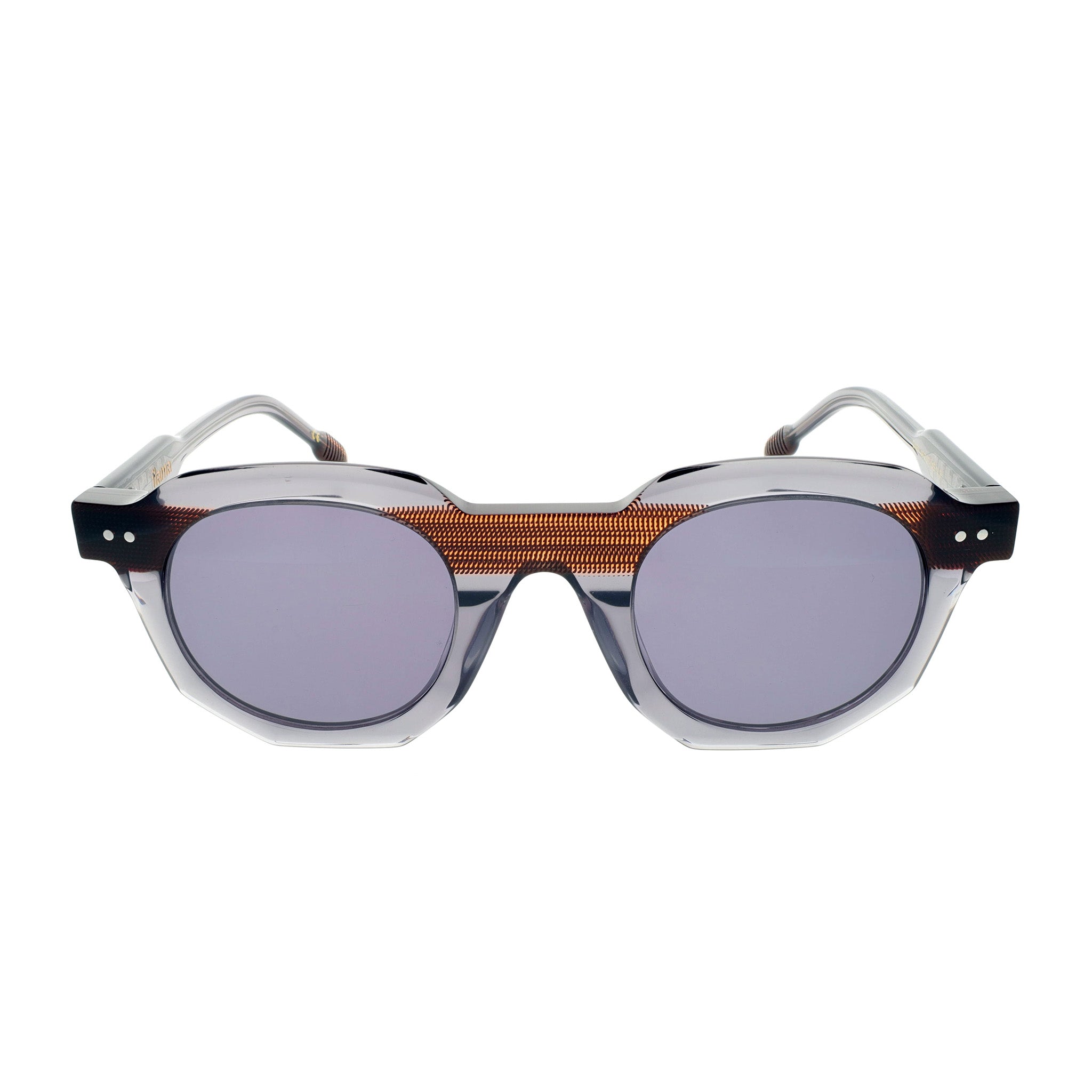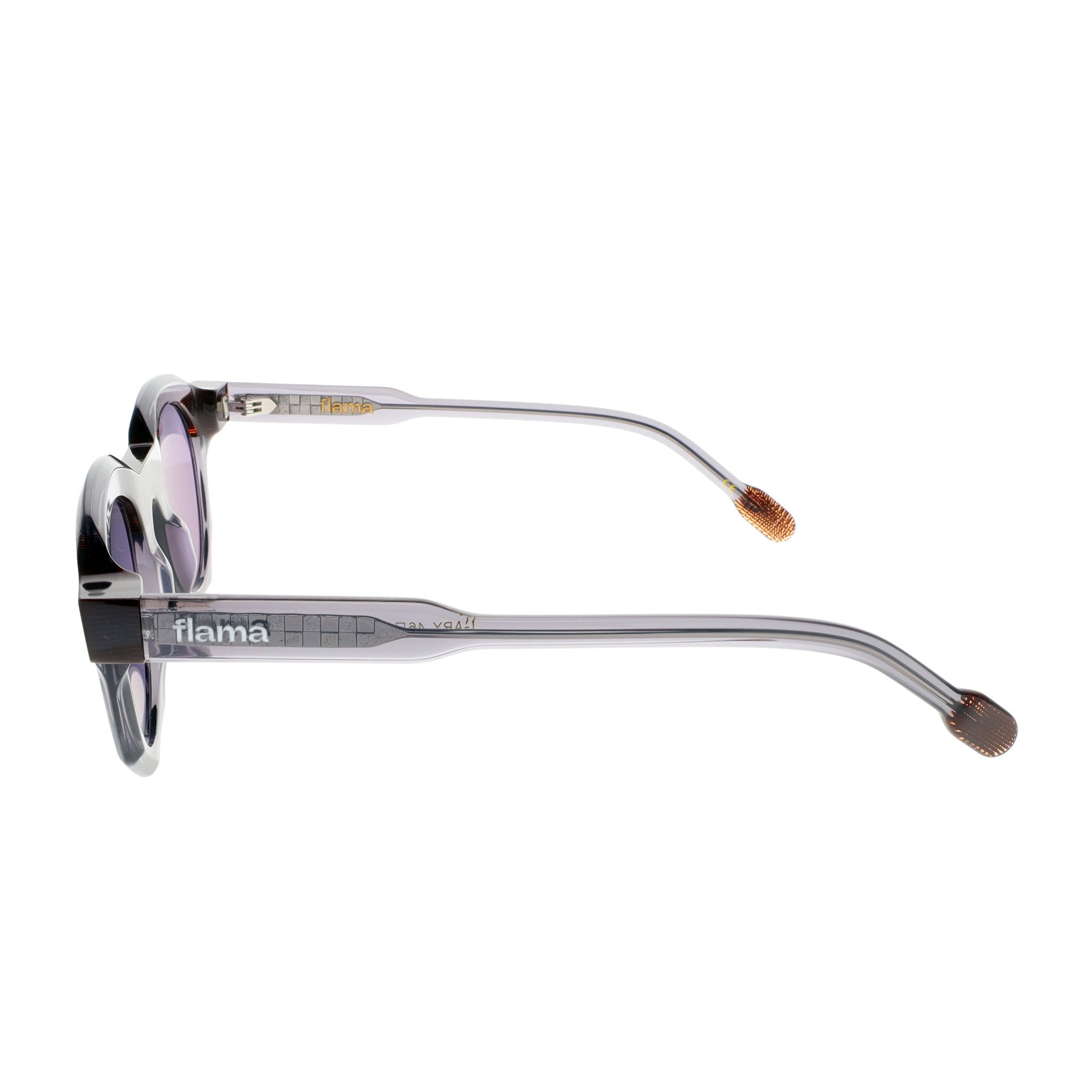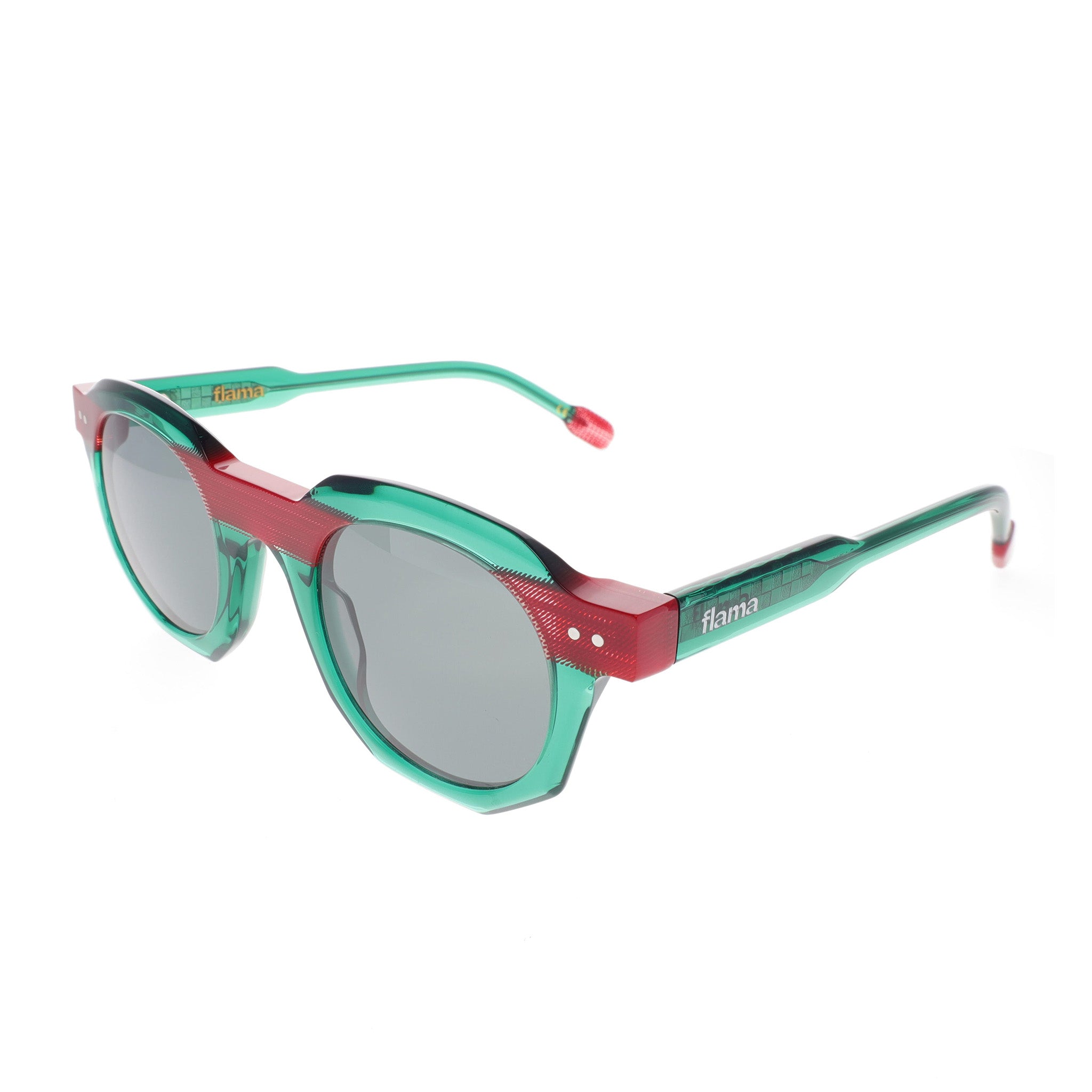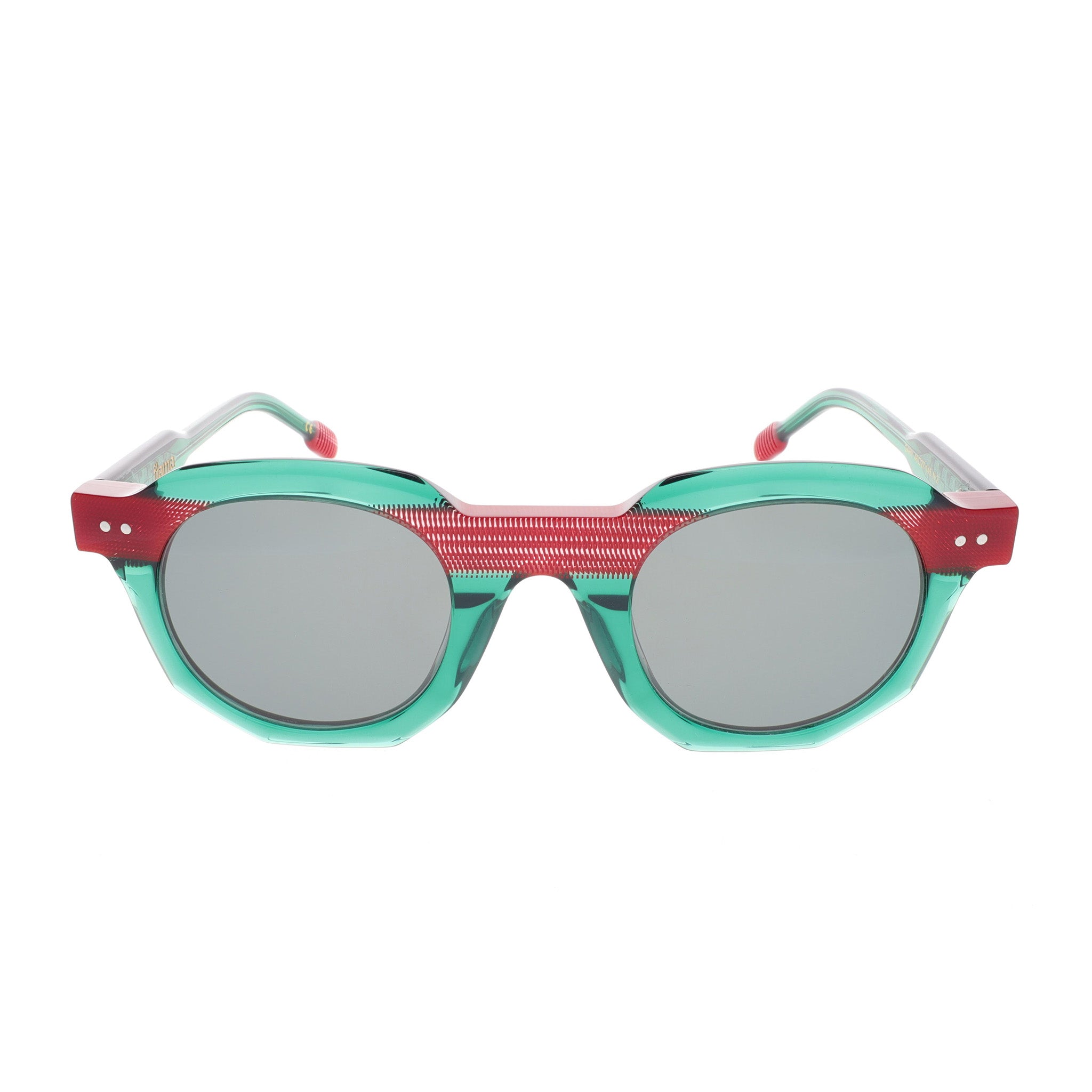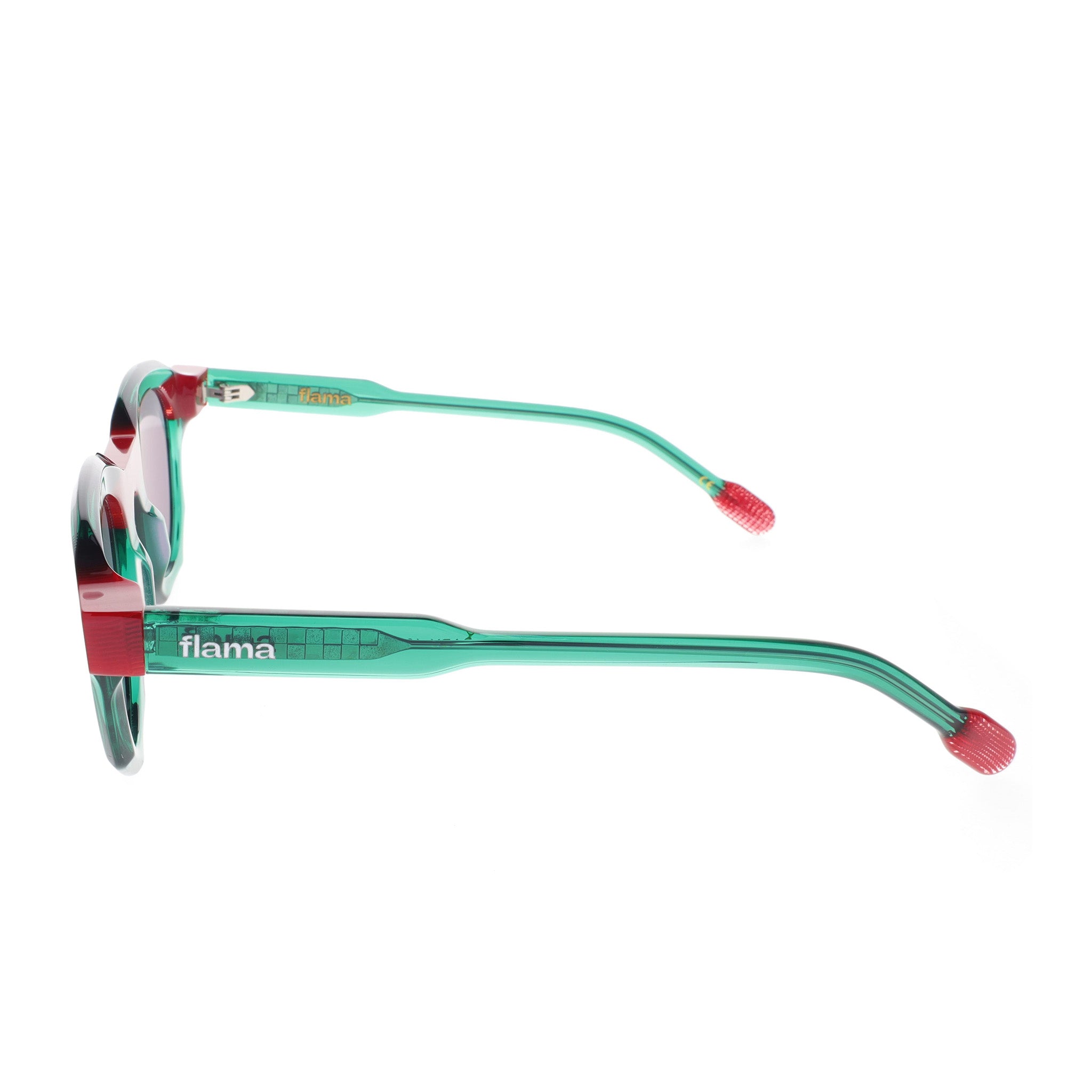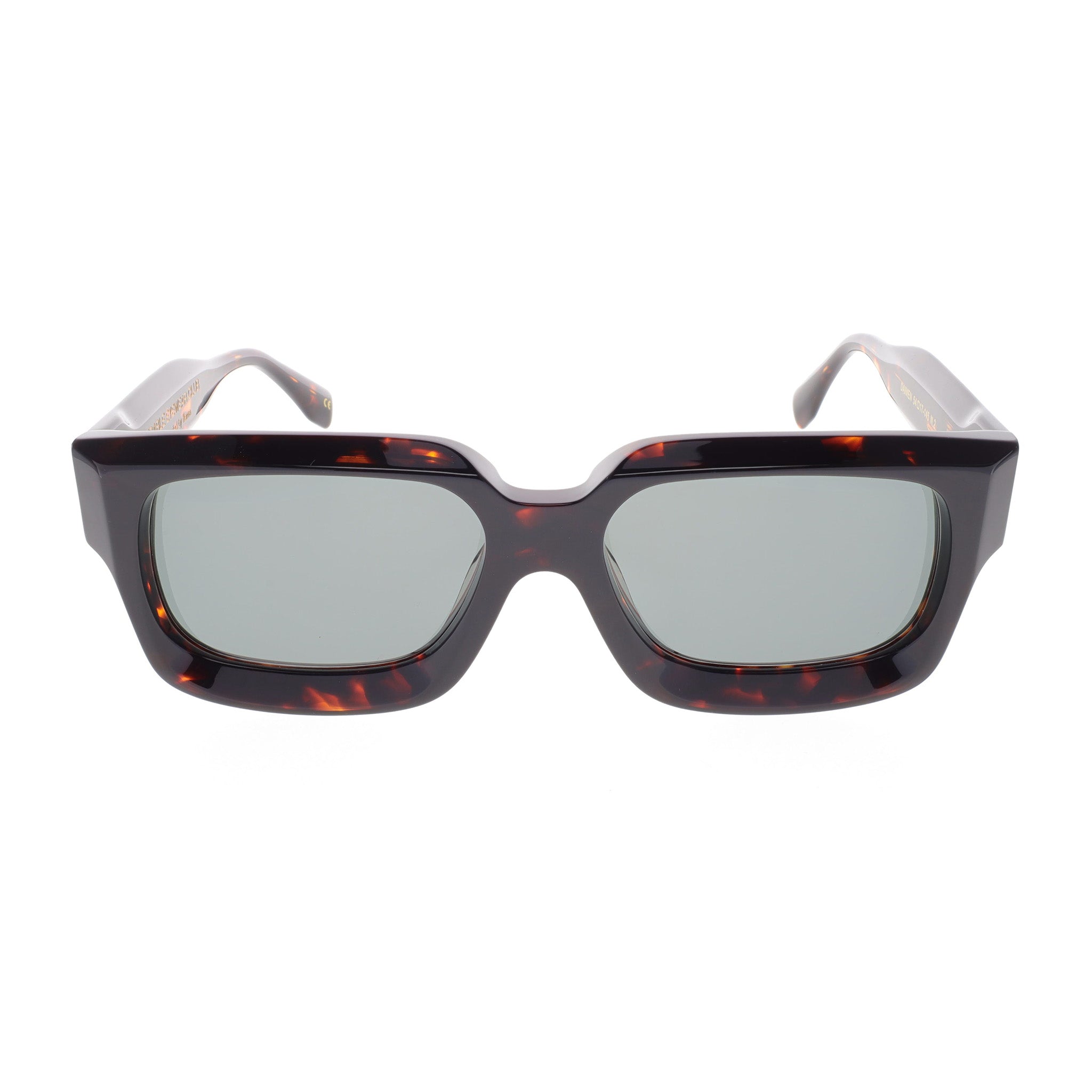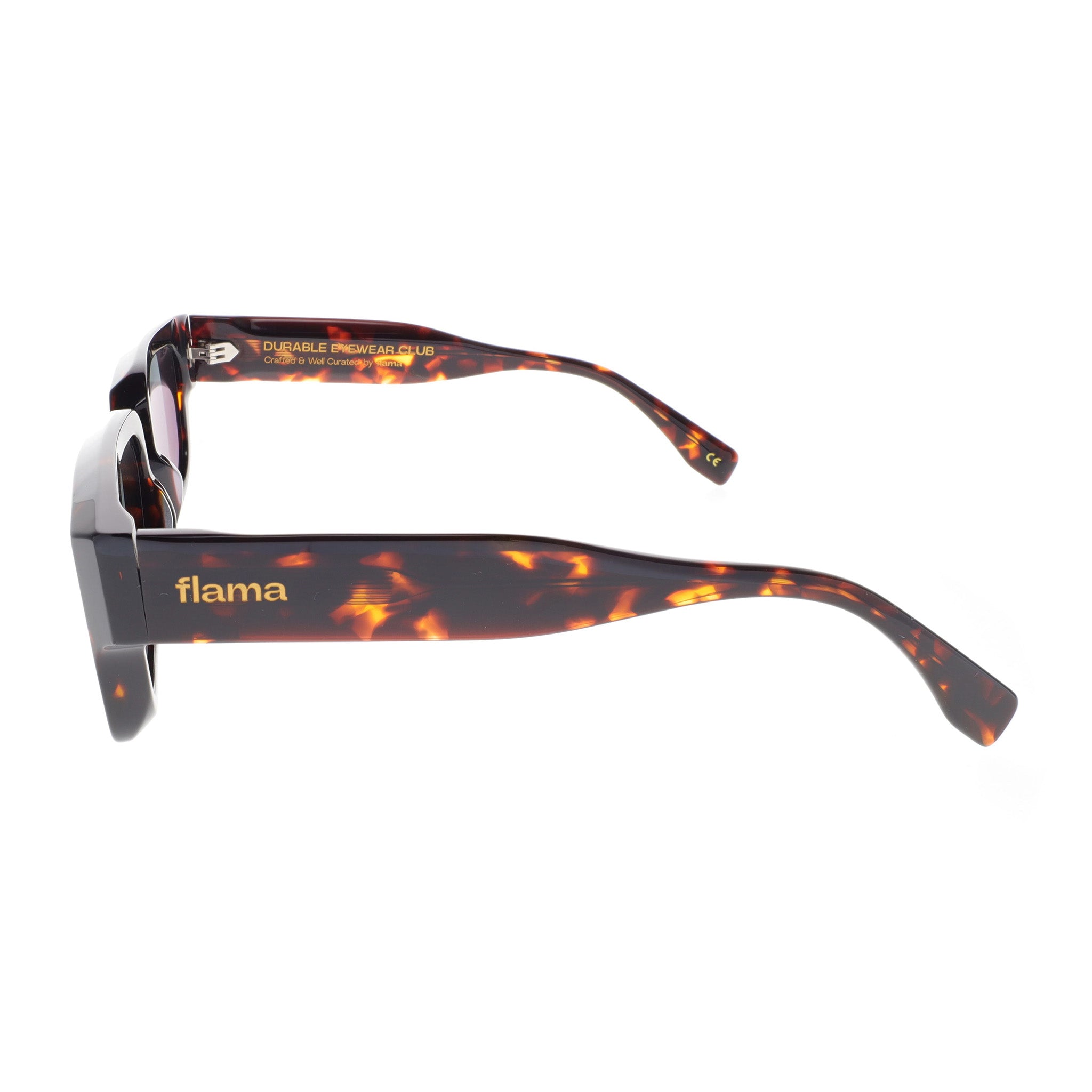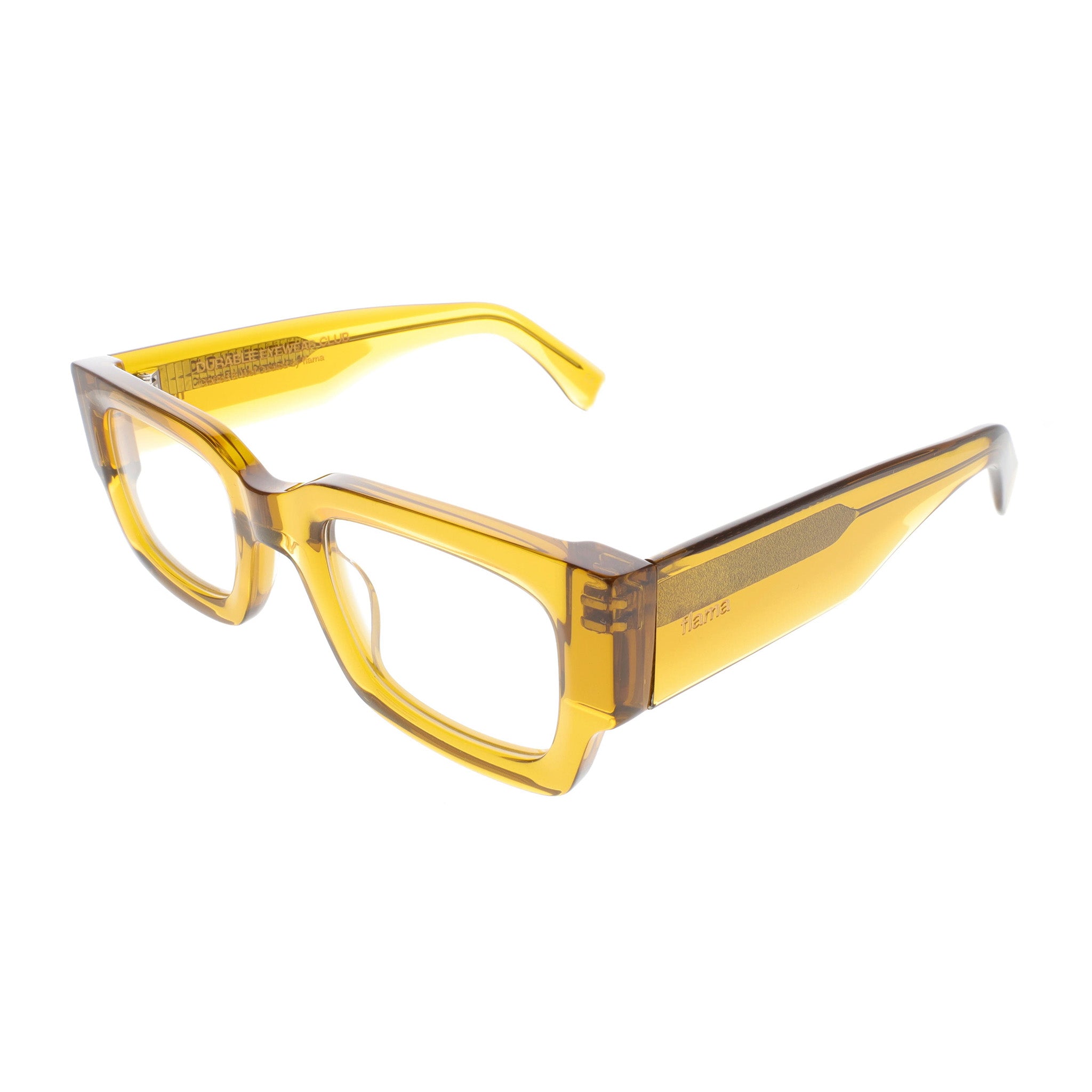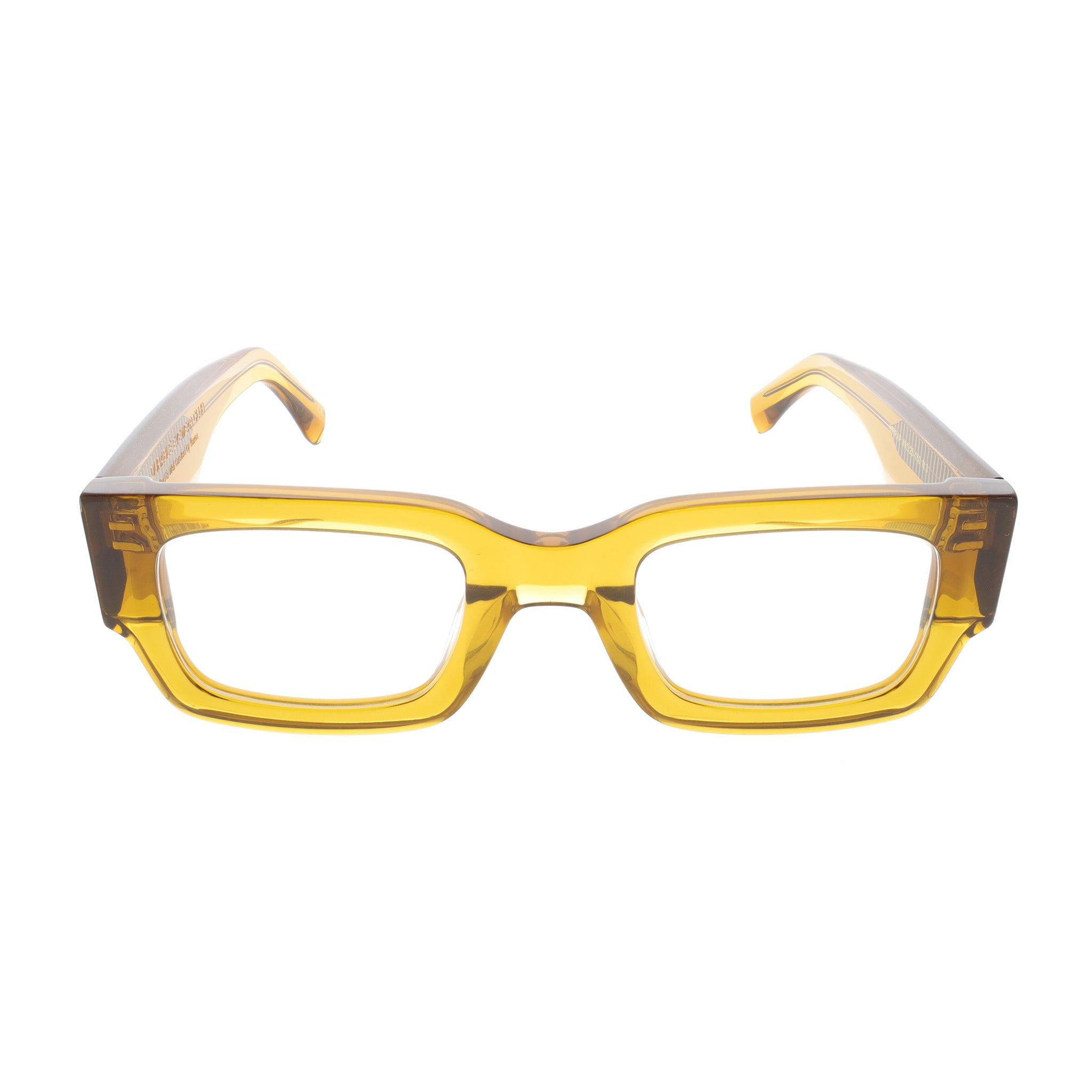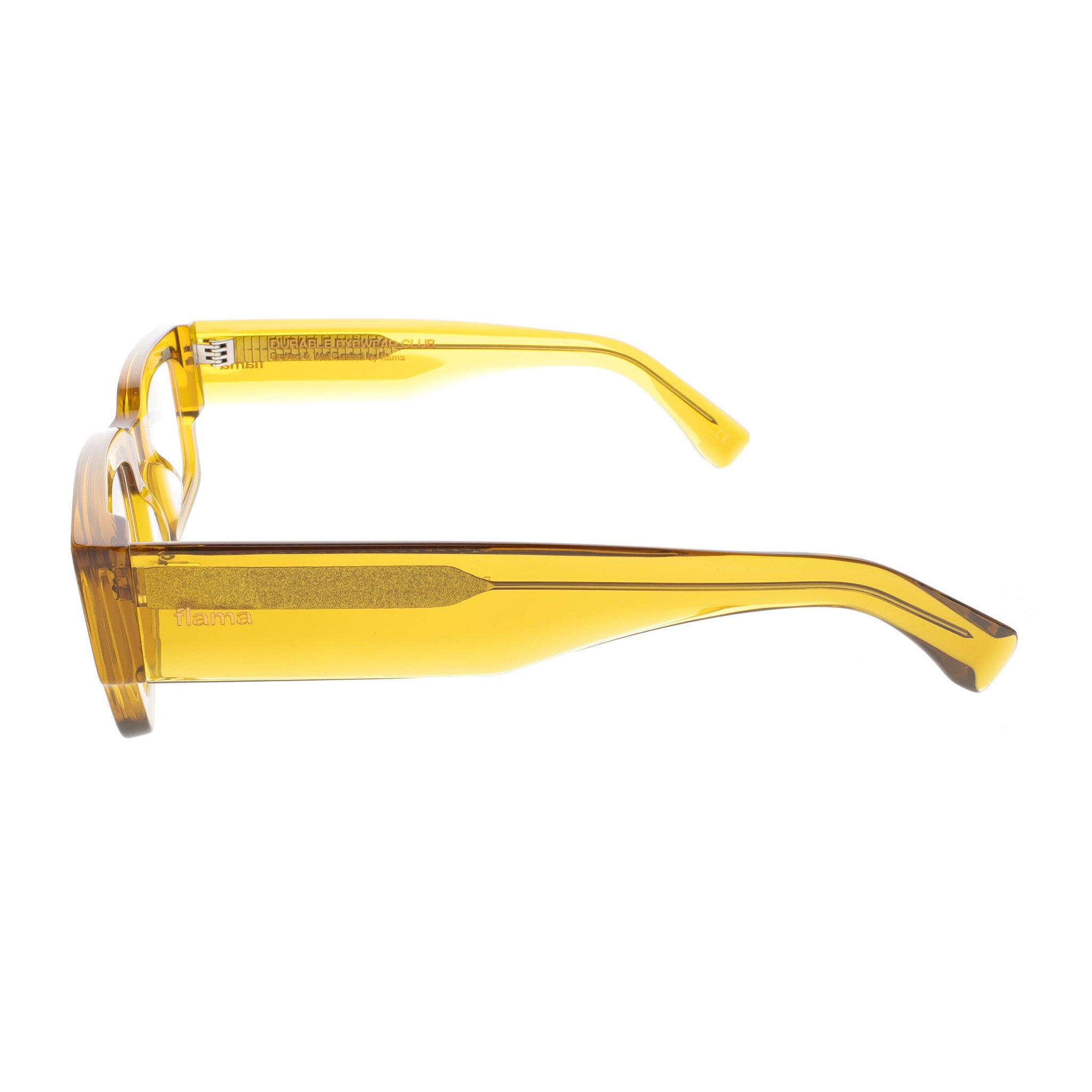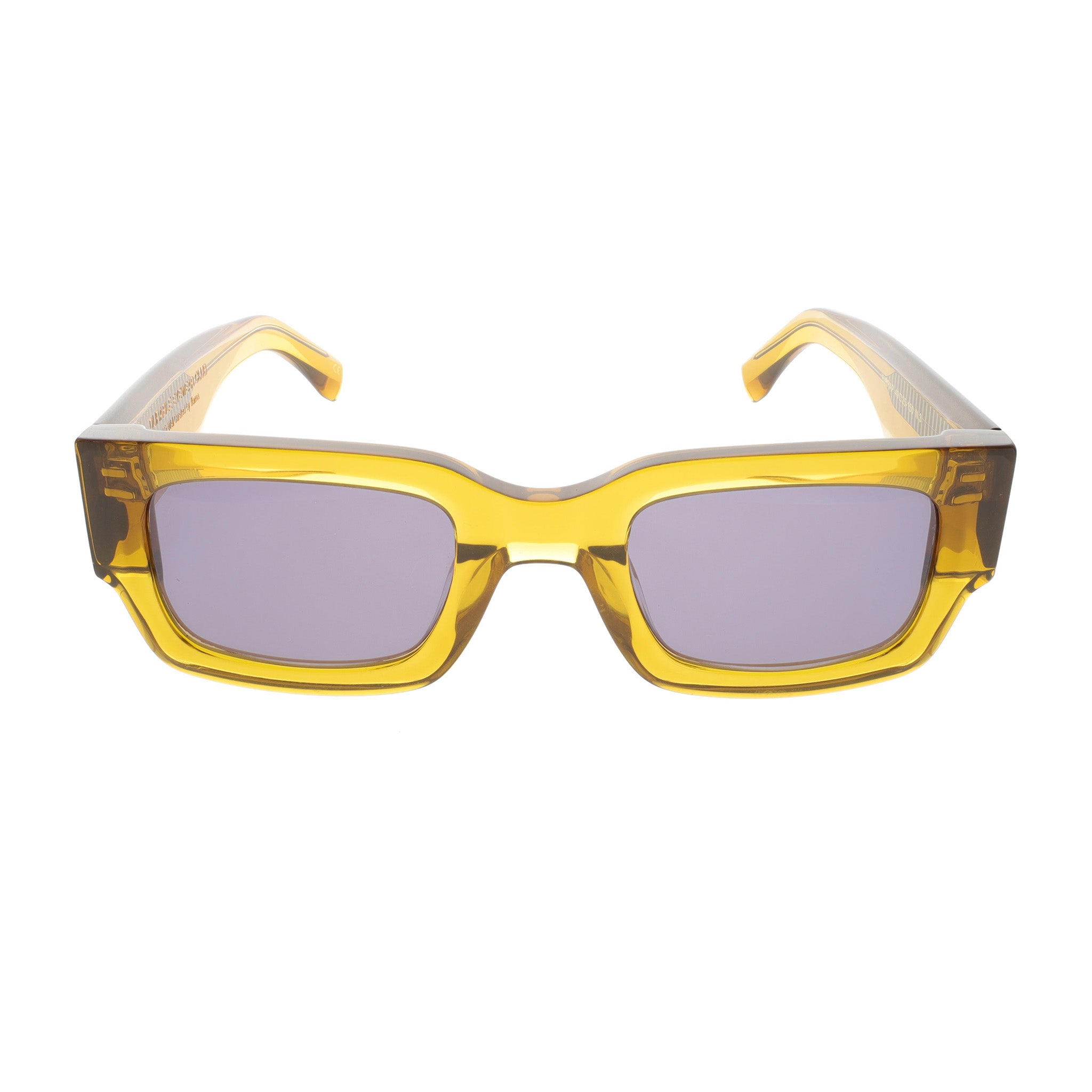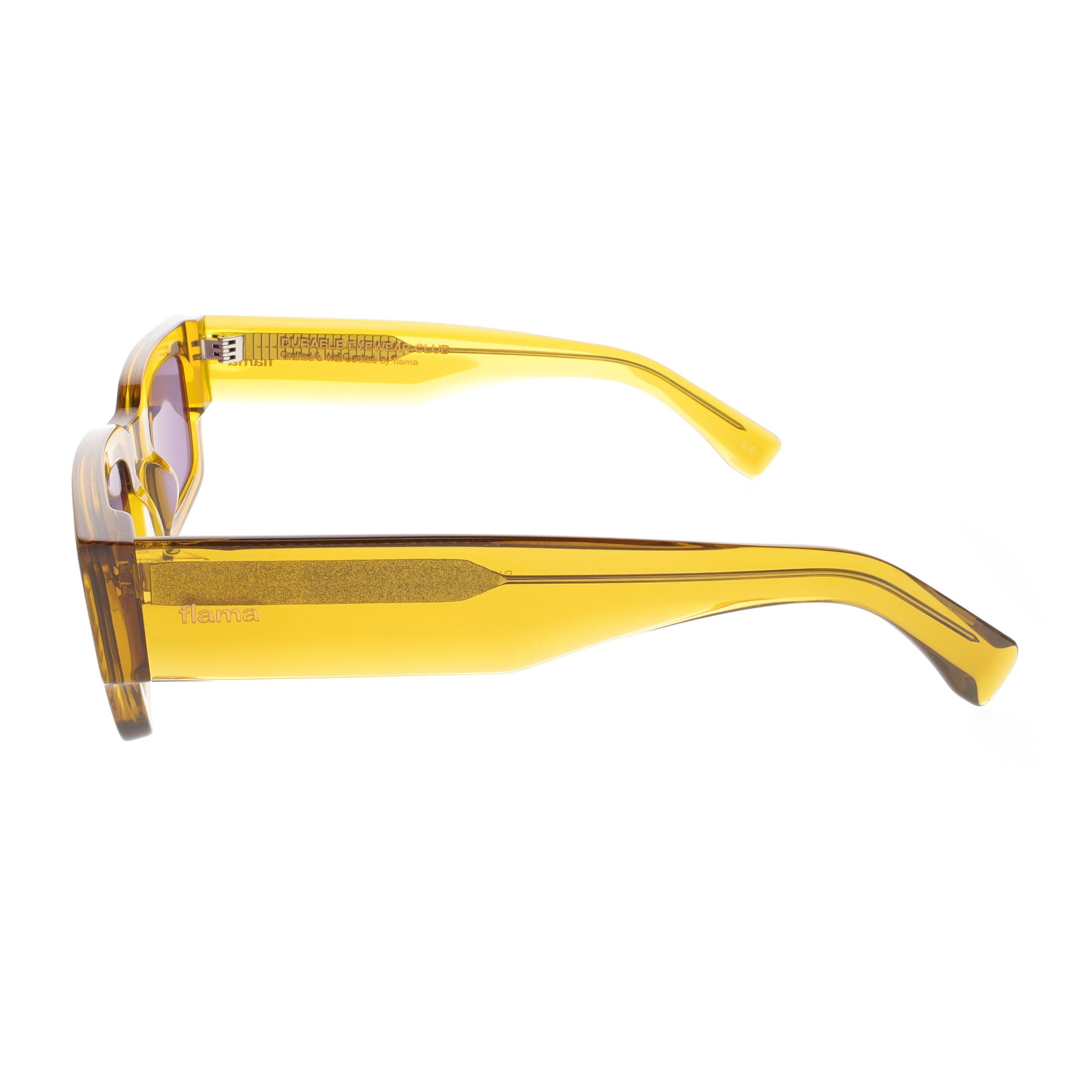Sunglasses are more than just a fashion accessory; they are essential for protecting the eyes from harmful UV rays. The sunglasses market in the United States is a vibrant and dynamic industry, influenced by trends in fashion, technological advancements, and consumer preferences.
Market Size and Growth
The sunglasses market in the United States has witnessed significant growth over the years. As of the latest reports, the market size is estimated to be over $4 billion. This growth is driven by increasing awareness about eye protection, rising disposable incomes, and a growing fashion-conscious population.
- Annual Growth Rate: The market has been growing at a compound annual growth rate (CAGR) of approximately 5% over the past decade.
- Market Segmentation: The market is segmented into various categories, including prescription sunglasses, non-prescription sunglasses, sports sunglasses, and polarized sunglasses. Non-prescription sunglasses hold the largest share, accounting for nearly 60% of the market.
Sales Trends
Sunglasses sales are influenced by seasonal trends, fashion cycles, and technological advancements. Here are some key insights into sales trends:
- Seasonal Peaks: Sales typically peak during the spring and summer months, with significant spikes around major holidays such as Memorial Day, Independence Day, and Labor Day.
- E-commerce Growth: Online sales of sunglasses have been growing rapidly, with e-commerce platforms accounting for over 30% of total sales. Major players like Amazon, Warby Parker, and Ray-Ban’s official website dominate online sales.
- Brick-and-Mortar Stores: Despite the rise of e-commerce, physical stores still play a crucial role in sunglasses sales. Major retailers like Sunglass Hut, Macy’s, and Nordstrom continue to see strong in-store sales.
Consumer Demographics
Understanding the demographics of sunglasses consumers can provide valuable insights for marketers and retailers. Here are some demographic trends:
- Age Groups: Millennials (aged 25-40) are the largest consumer group, followed by Gen X (aged 41-56) and Baby Boomers (aged 57-75). Younger consumers (aged 18-24) are also a growing segment, driven by fashion trends and social media influence.
- Gender: Both men and women purchase sunglasses, but women tend to buy more frequently and spend more on high-end brands. Women account for approximately 55% of total sunglasses sales.
- Income Levels: Higher income households are more likely to purchase premium and designer sunglasses, while middle-income households often opt for mid-range brands.
Popular Brands and Market Share
The sunglasses market in the United States is dominated by a few key players, but there is also a significant presence of niche and emerging brands. Here are some of the most popular brands and their market shares:
- Ray-Ban: As one of the most iconic sunglasses brands, Ray-Ban holds the largest market share, estimated at around 20%.
- Oakley: Known for its sports and performance sunglasses, Oakley has a market share of approximately 15%.
- Maui Jim: Renowned for its polarized lenses, Maui Jim commands around 10% of the market.
- Gucci, Prada, and other luxury brands: These brands collectively account for about 15% of the market, catering to high-income consumers.
- Emerging Brands: Brands like Warby Parker and Quay Australia are gaining popularity, particularly among younger consumers, and hold a combined market share of around 5%.
Consumer Behavior and Preferences
Consumer behavior and preferences in the sunglasses market are influenced by various factors, including fashion trends, technological advancements, and marketing strategies. Here are some key insights:
- Fashion Trends: Fashion plays a significant role in driving sunglasses sales. Consumers often purchase sunglasses based on the latest trends in frame styles, colors, and lens technologies. Oversized frames, aviators, and cat-eye styles are currently popular.
- Lens Technology: Technological advancements in lens materials and coatings have influenced consumer preferences. Polarized lenses, which reduce glare and enhance visual clarity, are highly sought after. Additionally, blue light blocking lenses have gained popularity due to increased screen time.
- Brand Loyalty: Brand loyalty is strong in the sunglasses market, with many consumers sticking to their preferred brands. This loyalty is often driven by brand reputation, product quality, and customer service.
- Price Sensitivity: While some consumers are willing to pay a premium for high-end brands, many are price-sensitive and look for value-for-money options. Discounted prices, promotions, and loyalty programs are effective in attracting price-sensitive consumers.
Health and Safety Awareness
Increasing awareness about the health and safety benefits of sunglasses has positively impacted the market. Here are some key points:
- UV Protection: The primary function of sunglasses is to protect the eyes from harmful UV rays. Over 90% of consumers consider UV protection an important factor when purchasing sunglasses.
- Blue Light Blocking: With the rise of digital device usage, blue light blocking sunglasses have become popular. These lenses help reduce eye strain caused by prolonged exposure to screens.
- Polarized Lenses: Polarized lenses are preferred by many consumers for their ability to reduce glare, especially in outdoor activities like driving, fishing, and skiing.
Future Trends and Predictions
The future of the sunglasses market in the United States looks promising, with several trends expected to shape the industry:
- Sustainability: Eco-friendly and sustainable sunglasses are gaining traction. Brands are increasingly using recycled materials and sustainable manufacturing processes.
- Customization: Personalized and customizable sunglasses are becoming popular. Consumers can choose frame styles, colors, and lens options to create their unique pair of sunglasses.
- Smart Sunglasses: Technological advancements are paving the way for smart sunglasses with integrated features like Bluetooth connectivity, audio capabilities, and augmented reality.
The sunglasses market in the United States is a thriving industry characterized by robust growth, evolving consumer preferences, and innovative trends. Understanding the various statistics related to market size, sales trends, demographics, and consumer behavior can provide valuable insights for businesses and marketers. As the market continues to evolve, staying informed about these trends and adapting to consumer needs will be crucial for success in the competitive landscape of designer eyewear.





